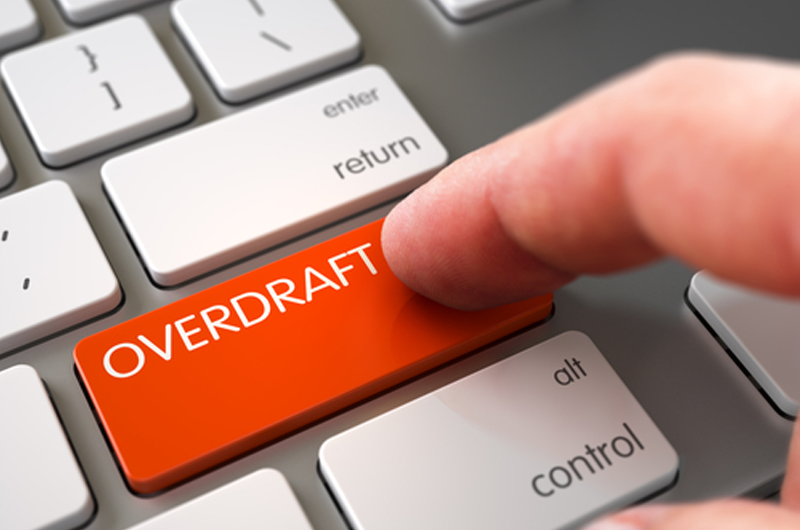Borrowing is becoming an essential part of life for most people across the globe and whether you choose to use personal loans, overdrafts or a combination of both depends on your personal circumstances and preferences. There’s no right or wrong way to borrow and what is right for you may well be very different to somebody else. In this article we look at the pros and cons of overdrafts and personal loans so that you can make an informed decision on which type of borrowing is right for you.
Personal Loans
The Pros
Fixed Amount
When you borrow from a lender in the Philippines or any other part of the world, you generally request a fixed amount at one time. This is delivered to your account in the form of a “lump sum” which you then decide to use in any way you see fit. Your repayments will be defined by how much you borrow as well as the interest rate you are offered. You are then expected to repay this amount each month until the loan has been cleared completely. For many people the simplicity of this set up is preferable to the flexible terms of an overdraft, simply because they like to know exactly where they stand.
Larger Amounts Available
Generally speaking, personal loans offer customers access to much larger amounts of money than the vast majority of overdraft facilities, which makes them a better option for dealing with larger purchases. Buying cars, luxury items or paying for holidays is usually better suited to this type of finance as opposed to overdrafts as you can access the full amount you need, providing your loan provider is willing to approve your request for credit.
Fixed interest rate
Unless you miss a repayment, your loan provider is likely to offer you a fixed rate of interest until you have paid off the amount you borrowed in full. This provides peace of mind and also allows you to calculate exactly how much your loan will cost you.
The Cons
Default Charges and Penalties
If you miss a repayment due to a period of unemployment or an unexpected financial emergency, your loan provider may impose a penalty fee on your account. This means you will need to pay an additional sum on top of what you already owe. In Some cases, this can become very expensive if you have no way to find the cash each month. This is why we only ever advise borrowing when you have in income.
Not Always Necessary
It can be tempting to take loans to pay for things you don’t really need. Always weigh up the pros and cons of buying a personal loan before you decide to make a final decision. Getting into severe debt for the sake of a holiday or a quick experience is not always a good idea.
Not All Lenders Are Ethical
Unfortunately, illegal lenders can still be a problem in some parts of the Philippines and those who offer personal loans at unreasonable rates are commonplace. Always use trusted and certified lenders only.
Overdrafts
The Pros
Simple to arrange with your bank
Most bank accounts that are available to people over the age of 18 come with an overdraft facility. You can arrange this when you set up the account online or over the phone. You usually need to prove that you have an income and you may be asked to show some form of identification, but other than this, the process is very straightforward.
Flexible amounts
Most banks will allow you to change the limit on your overdraft if you need to. This means it can go up or down, depending on your financial situation. In difficult times, you can request more and in times of prosperity, you can ask for the amount to be reduced.
Instant cash when you need it
Unlike personal loans, overdrafts allow you to withdraw physical cash from any ATM or pay for goods or services via contactless technology, providing you are still within the agreed limit you have signed up to. This convenience is what appeals to most people.
The Cons
High interest rates
Overdrafts are usually relatively high in terms of interest and over time, they can become very expensive if you constantly use them. They are primarily designed as a “buffer” facility for most people and should never be used as source of constant income.
Difficult to break the cycle
For many people, living within their overdraft is something of a regular occurrence. Stagnating wages, rising prices and other economic pressures means that low income families and individuals are often trapped in a debt cycle that overdrafts help to facilitate. Though they may be something of a necessary evil these days, overdrafts are not always a positive thing and can lead people into long term debt if not used properly.
Effects Your Credit Rating Negatively
Using an overdraft too regularly will ultimately have a negative impact on your credit rating, especially if you consistently sit below the zero mark. Over time, credit checking agencies will notice this and begin to adjust your score accordingly. This means it can be difficult to credit later in life and things like mortgages or larger loans can become a lot more expensive than they might have been, had you stayed out of your overdraft.
Summary
Overdrafts are basically there for smaller, everyday purchases that you can’t really be avoided. Travel costs, food and other life essentials, for example. Providing you can redress the balance and only use them occasionally; overdrafts are an effective way of finding extra cash when you need it the most. Conversely, personal loans are designed for larger, one off purchase or to finance significant projects such as new businesses or renovations to your home. Both types of credit undoubtedly have their own merits and the key is to understand when to use them and to avoid frivolous or unnecessary purchases at all costs.

